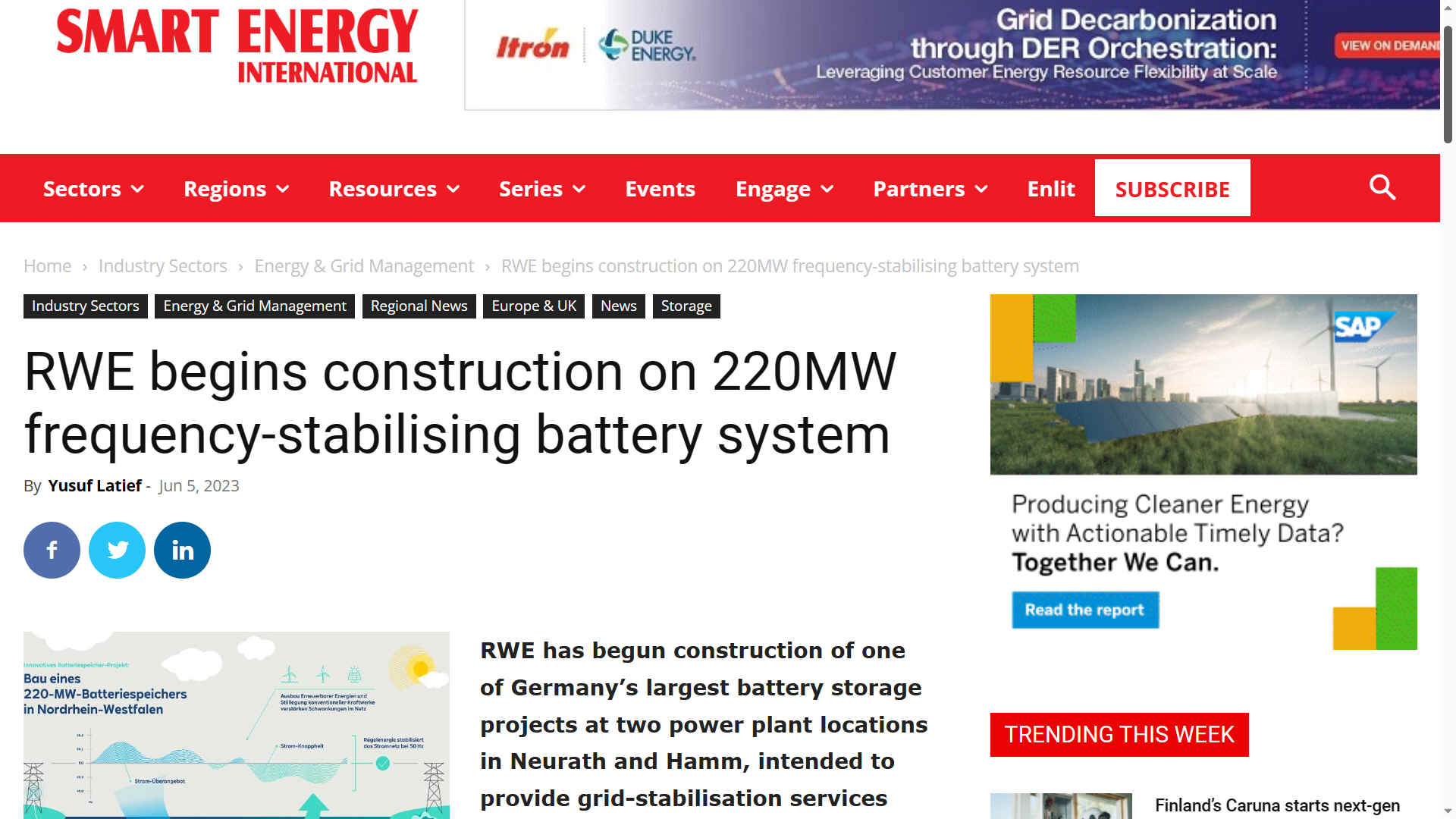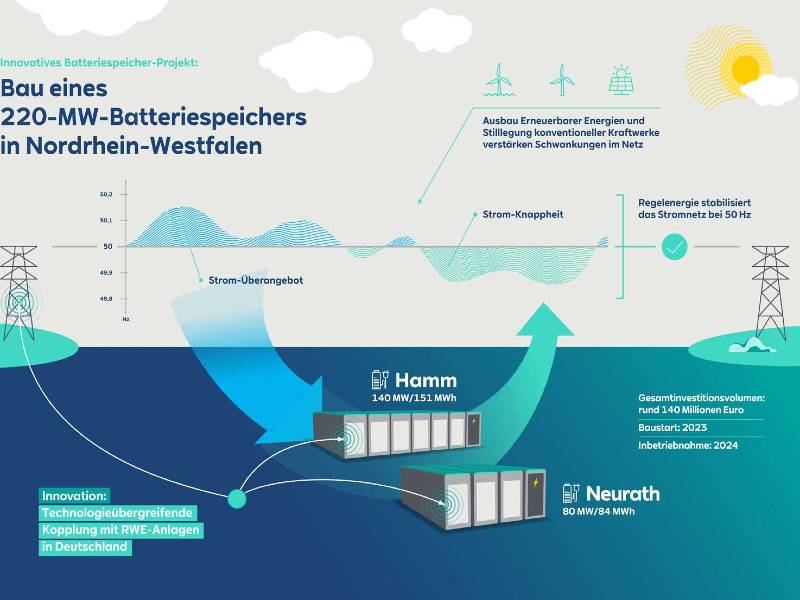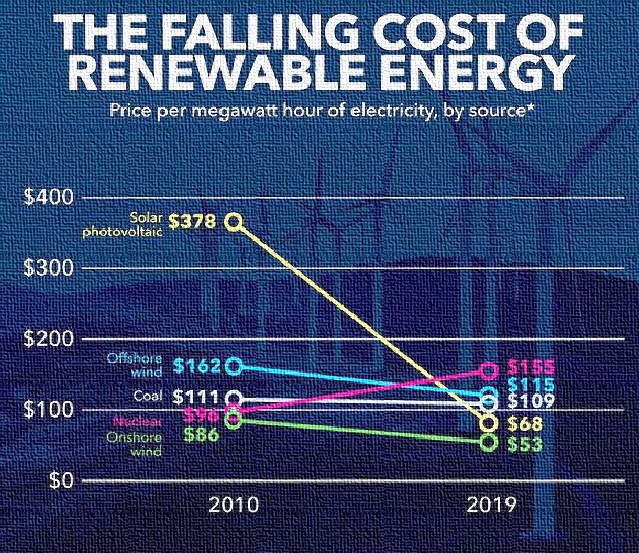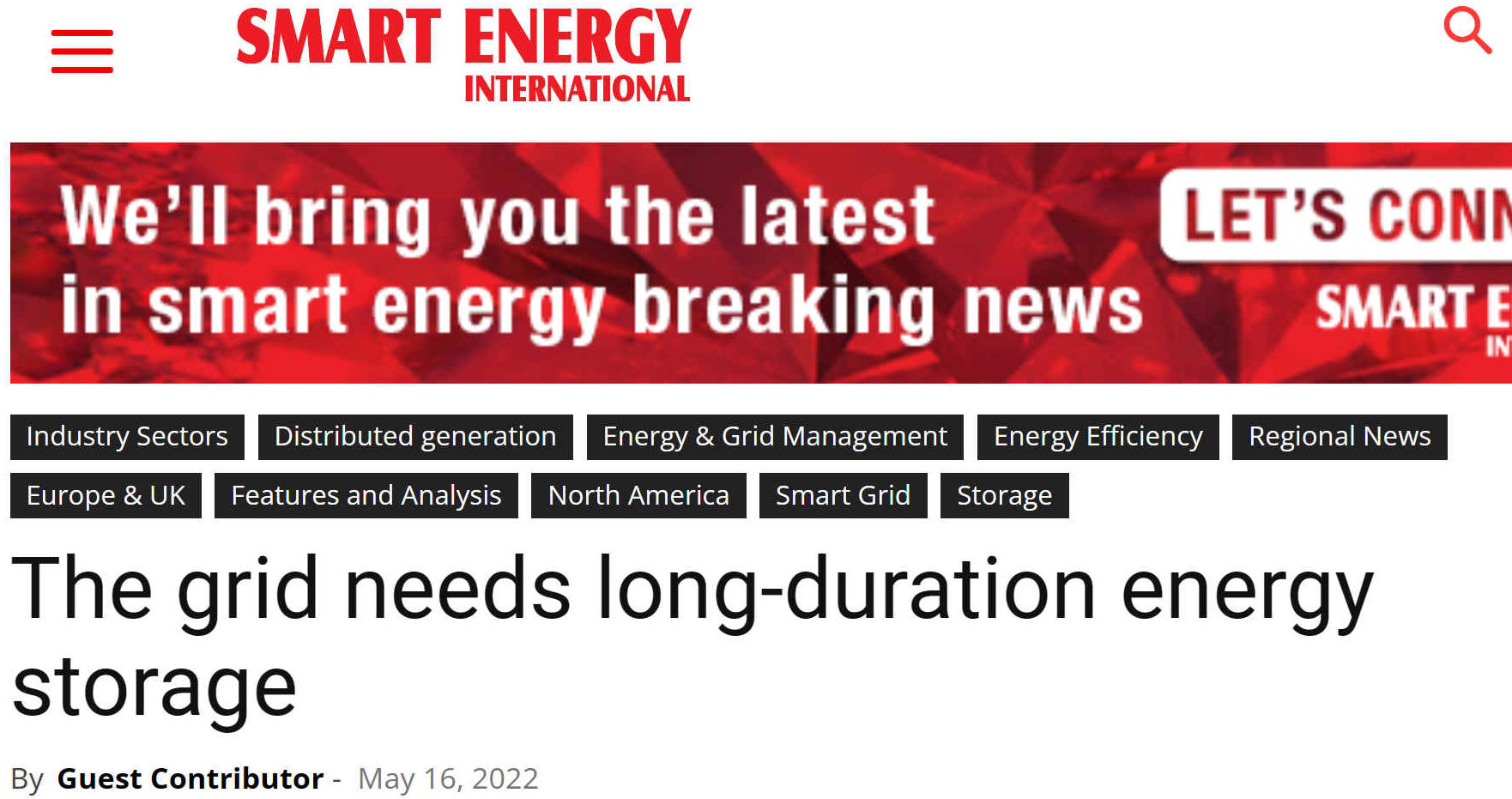|

The
world needs a mass produced, easy to install grid connectable energy storage
system. It looks as if RWE are out to make Germany renewable friendly, and
save a bob or two on energy costs, provided there is enough lithium to go
round. Three cheers.
SMART
ENERGY 5 JUNE 2023
RWE has begun construction of one of Germany’s largest battery storage projects at two power plant locations in Neurath and Hamm, intended to provide grid-stabilisation services once active mid-2024.
The German multi-national energy company’s two-prong project will have a capacity of 220MW and a storage capacity of 235MWh.
A total of 690 lithium-ion battery blocks will be installed, involving an investment of approximately €140 million ($150.7 million).
The Battery Energy Storage System (BESS) is scheduled to supply balancing energy to stabilise the electricity grid from the second half of 2024. This will entail the plant taking excess power from the
electricity grid and feeding it back into the system when required, to maintain the required grid frequency.
Lars Kulik, member of the board of RWE Power stated: “With this battery storage facility, RWE is providing a major boost to structural transformation in North Rhine-Westphalia. By making practical use of the existing locations and grid connections, we are making the traditional power plant sites of Hamm and Neurath important partners for renewables.” 
RWE: ONE BATTERY PROJECT, TWO FACILITIES
The storage facilities will also be deployed on the wholesale market – electricity will be taken into the storage system if electricity prices are low and conversely will be fed out when prices are high.
In Neurath, batteries with a total capacity of 80MW (84MWh) will be installed on an area of around 7,500m˛, the equivalent of about one football pitch, utilising about €50 million ($53.9 million) of the planned total.
The remaining €90 million ($97 million) will be directed towards the facility at Hamm-Uentrop, including batteries with a total capacity of 140MW (151MWh), covering an area of 14,000 m˛.
Marc Herter, mayor of Hamm, commented: “The construction of the large battery storage facility at the Westfalen power plant once again underlines the tradition and importance of Hamm as an energy location.
“The large-scale battery storage facility secures the energy supply and forms an important foundation for the success of the energy transition. We are pleased that RWE is accompanying us on the way to a climate-neutral economy in Hamm.”
VIRTUALLY-MANAGED CAPACITY
The planned BESS can operate at its maximum capacity of 220MW for over an hour. According to RWE, this will be enough to charge the equivalent of about 4,000
EVs.
The facility will also be virtually networked with RWE power stations in Germany, which will make it possible to control whether the storage units work alone or in conjunction with other power stations to supply balancing energy.
RWE will be individually coordinating planning, modelling, system integration and commissioning of the project directly.
Roger Miesen, CEO of RWE Generation commented on the rising need for such flexible systems as clean energy sources continue to increase in number: “They
[renewables] balance out fluctuations in the electricity grid in seconds, which means they are the key to a reliable electricity supply. In terms of size and technology, the new large-scale battery storage facility in Neurath and Hamm is setting standards throughout Europe.”
RWE develops, builds and operates battery storage systems in Europe, Australia and the US, currently operating a total installed battery storage capacity of approximately 300MW (380MWh) and implementing storage projects of more than 900MW (2,300MWh) worldwide.
Globally, the company aims to build 3GW of batteries by 2030. https://www.smart-energy.com/storage/rwe-begins-construction-on-220mw-frequency-stabilising-battery-system/ https://www.smart-energy.com/storage/rwe-begins-construction-on-220mw-frequency-stabilising-battery-system/

The
cost of nuclear does not include the thousands of years containing and
monitoring leaky radioactive
waste

As
Sherlock Holmes might say "elementary my dear Watson"

The
world needs a mass produced, easy to install grid connectable energy storage
system. Something, like the SmartNet system. Ignoring for now the dual use
aspect as an EV charging station, but building that in as future proofing.
There
are many solutions, but the industry has fought shy of R&D investment or
experimentation, in favour of milking the existing fossil fuel based system,
regardless of the need to transition as part of their climate
change obligations.
Please
use our A-Z
to navigate this site where page links
may lead to third party site not under our control, or return
HOME
FUEL CELLS
| HYDROGEN
This
website is provided on a free basis to
promote zero emission transport from renewable energy in Europe and Internationally.
Copyright ©
Universal Smart Batteries and Climate Change Trust 2022. Solar
Studios, BN271RF, United Kingdom. The name SmartNet™ is a trademark.
|




